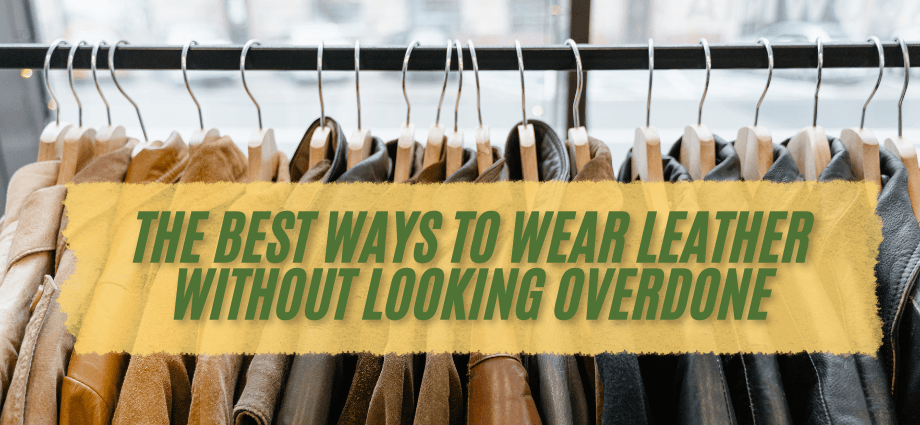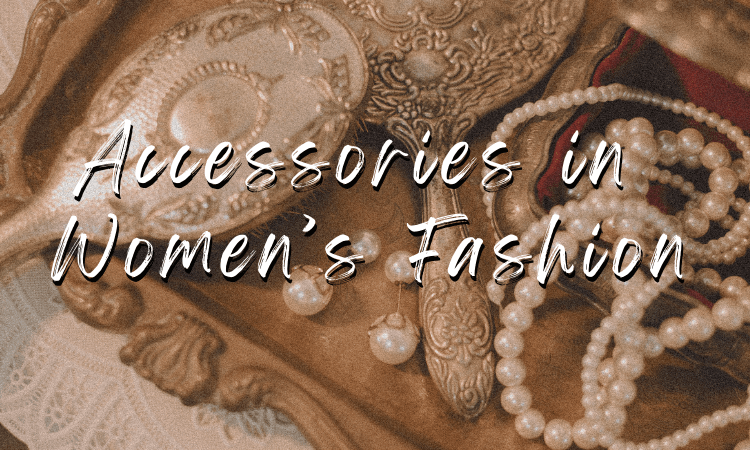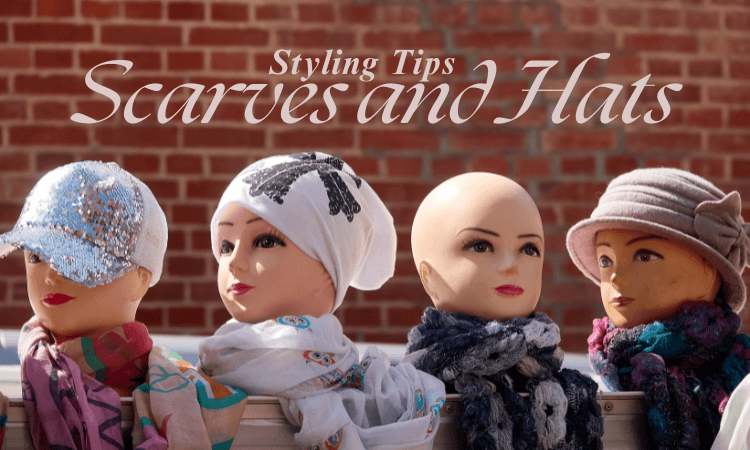Choosing the right running shoes is key to comfort, performance, and injury prevention. With so many options on the market, selecting the perfect pair can feel overwhelming. Whether you’re a seasoned marathoner or a beginner, understanding your foot type, running goals, and shoe features will help you find a shoe that fits your needs. This guide will help you make an informed decision when shopping for your next pair of running shoes.
Understand Your Foot Type
Your foot type plays a significant role in choosing the right running shoe. Knowing whether you have a high, neutral, or low arch, as well as how you pronate, will guide your selection.
Arch Type and Its Importance
The arch of your foot determines the amount of support your foot needs. If you have a high arch, you may need a shoe with extra cushioning to absorb impact. For neutral arches, a balanced shoe with moderate cushioning is sufficient. Low arches, or flat feet, often require shoes with more stability to prevent overpronation.
For runners with a high arch, shoes like the Brooks Ghost are ideal as they provide extra cushioning to support the foot. Those with a neutral arch often find the Nike Air Zoom Pegasus to be a great choice, offering balanced support and comfort for most running styles. Meanwhile, runners with a low arch benefit from stability shoes such as the ASICS Gel-Kayano, which help control excessive inward foot movement and provide the necessary support.
Gait and Pronation
Pronation is how your foot rolls inward when it strikes the ground. Runners with neutral pronation need shoes that provide balance, while those with overpronation or underpronation need extra support or cushioning.
For neutral pronation, neutral shoes like the Nike Air Zoom Structure are ideal, offering balanced support and comfort. Runners with overpronation benefit from stability shoes such as the Brooks Adrenaline GTS, which provide extra control to prevent excessive inward rolling of the foot. For underpronation (supination), shoes with added cushioning, like the Brooks Glycerin 20, are a great choice as they enhance shock absorption and reduce impact stress.
Determine the Right Shoe Type
Running shoes come in various styles, each designed for different needs. Identifying which shoe is right for you will improve comfort and performance.
Cushioned Shoes
Cushioned running shoes are designed for maximum comfort and shock absorption, making them ideal for runners who prioritize protection and comfort.
The Nike React Infinity Run offers excellent cushioning for longer runs, making it great for neutral runners.
Stability Shoes
Stability shoes offer a mix of cushioning and support, ideal for runners who need help controlling mild overpronation.
Saucony Guide 15 provides a supportive fit for runners with mild overpronation.
Motion Control Shoes
For those with more severe overpronation, motion-control shoes provide the maximum amount of support to control foot movement.
ASICS Gel Foundation 13 helps manage severe overpronation with additional support.
Trail Running Shoes
If you enjoy running off-road, trail running shoes provide extra grip, durability, and protection from rough terrain.
Salomon Speedcross 5 is designed for trail runners needing maximum traction and durability.
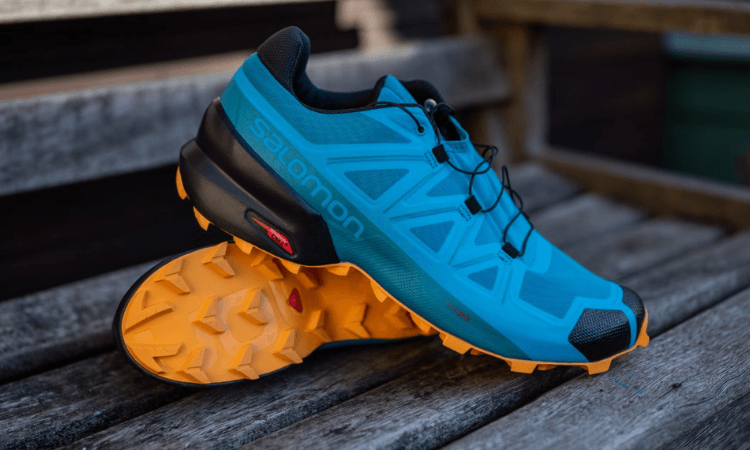
Consider Your Running Goals
Your goals, whether casual running or competition, will influence the type of shoe you need. The intensity and frequency of your runs can dictate what kind of shoe is best.
Casual vs. Competitive Runners
Casual runners typically need shoes that prioritize comfort and cushioning, while competitive runners look for lightweight, responsive shoes to boost performance.
Casual runners benefit from shoes like the Saucony Ride 15, which provide a good balance of comfort and durability, making them perfect for recreational running. On the other hand, competitive runners aiming for faster times or racing can opt for lightweight shoes such as the Adidas Adizero Adios Pro, designed to help maximize performance.
Running Terrain
Consider the surface you run on most often. Road running shoes are designed for smooth, hard surfaces, while trail shoes offer additional features for rough, uneven terrain.
For road running, the Nike ZoomX Vaporfly NEXT% provides excellent responsiveness and cushioning, making it an ideal choice for smooth surfaces. For trail running, the Brooks Cascadia is designed for rugged terrains, offering a comfortable fit and reliable traction to handle challenging trails.
Race-Day Shoes
Race-day shoes should be lightweight and responsive to help you perform at your best. These shoes are designed to offer speed and efficiency.
The Nike ZoomX Vaporfly is a popular choice among marathoners for its lightweight design and speed.
Find the Right Fit
Proper fit is crucial when choosing running shoes. Even the best shoes will cause discomfort or injury if they don’t fit properly.
Shoe Size and Width
To find the right shoe size, measure your feet and consider the width. Keep in mind that foot size can change over time, so it’s important to try on shoes to ensure they fit well.
Try Shoes in the Evening
Feet tend to swell throughout the day, so it’s best to try on running shoes in the evening. This ensures a more accurate fit, as your feet will be at their largest after a day of activity.
Wear the Right Socks
Make sure to try shoes on with the type of socks you plan to wear for running. Socks can affect how the shoes feel, so it’s important to get a true sense of fit.
Other Factors to Consider
In addition to the basics of foot type, shoe style, and fit, there are a few other factors to keep in mind.
Shoe Durability
Running shoes wear out over time, usually after about 300-500 miles. Keep track of how often you run and replace shoes when they start to lose their cushioning or support.
Budget and Value
You don’t have to spend a fortune on running shoes. There are plenty of high-quality options at a range of price points. Shoes like the Brooks Launch 9 offer good value for money, combining comfort and durability at a reasonable price.
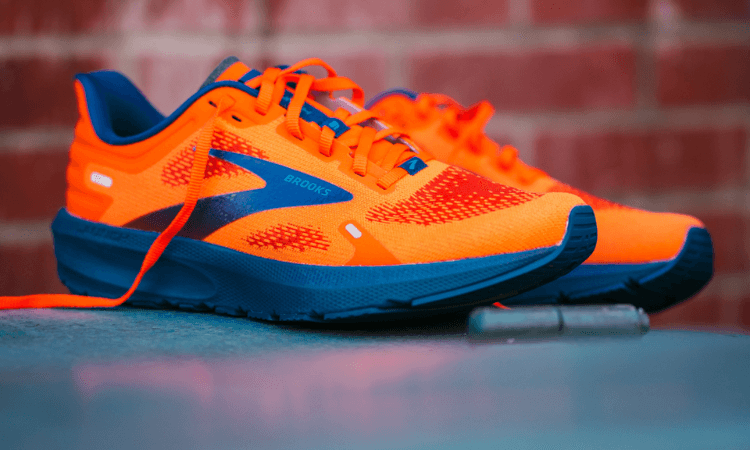
Conclusion
Choosing the right running shoes is an important decision that can impact your comfort, performance, and injury prevention. By considering your foot type, running goals, and the features of various shoes, you can find the perfect pair that meets your needs. Remember, proper fit is key—don’t hesitate to try on multiple pairs to ensure the best fit. Whether you’re running on roads, trails, or preparing for a race, the right shoes will help you run with confidence and comfort.
